Are You Ready For An Earthquake?
History of Earthquakes In Missouri
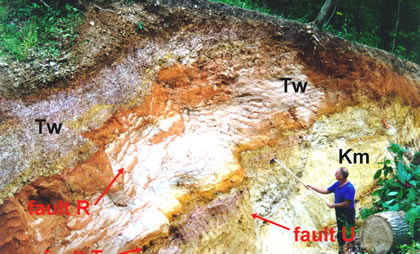
A geologist examines fault lines from the Upper Rainbow trench, an
excavation located near the New Madrid Seismic Zone.
Small earthquakes and tremors occur frequently in Missouri. Thousands of quakes have been noted in the state since 1795 and have been recorded since 1908. In recent times, earthquakes have been known to rock tall buildings and crack plaster in Missouri homes. Most were accompanied by numerous aftershocks, which are a series of successive quakes that can cause more damage than the initial shock.
A series of three to five major earthquakes (magnitude 7.0 or larger earthquakes) occurred in the NMSZ in the two month period between Dec. 16, 1811 and February 7, 1812. Several thousand additional “smaller” earthquakes occurred during the three month period from Dec. 16, 1811 to March 16, 1812. These included 15 quakes of magnitude 6.5 to 8 (the size range of the 1989 San Francisco, 1994 Los Angeles and 1995 Kobe, Japan earthquakes) and 189 quakes of magnitude 5 to 6.5. Two thousand of these quakes were felt by people, indicated by crude seismograph instruments and recorded in personal journals at Louisville, Kentucky and Cincinnati, Ohio, which are respectively 250 and 350 miles away. The New Madrid area was at the very frontier of European settlement at this time so there were very few non-native Americans living in the immediate area to report the earthquakes.
In the past 25 years, scientists have learned that strong earthquakes in the central Mississippi Valley are not freak events but have occurred repeatedly in the geologic past.
Geologic studies indicate large earthquakes occurred within the southeastern Missouri region in approximately 300, 900, and 1400 AD. Lesser quakes M 4.6 or smaller occurred in 1990, 1992, 1998 and 2003 in areas ranging from central Missouri to the Bootheel in the southeastern Missouri.
Geologists, seismologists, and planners caution against developing heavily populated areas on land previously ruptured or shaken by quakes, because these areas are predictable sources of future earthquakes. Earthquakes reoccur along faults, which are fractures in the earth’s crust. Southeast Missouri is part of a mid-continent fault zone that includes eight states. Seismologists regard it as one of the most potentially dangerous earthquake regions in the country.
About 200 shocks are detected annually in the New Madrid Seismic Zone (or Central United States Seismic Zone). Earthquakes in this zone have the potential to cause damage in the states of Alabama, Arkansas, Illinois, Indiana, Kentucky, Mississippi, Missouri, and Tennessee.
Most earthquakes in the region are only detectable by sensitive instruments, but southeast Missouri is disrupted once or twice every 18 months by earthquakes strong enough to crack plaster in buildings. In varying degrees, a major earthquake in the NMSZ would affect all states east of the Rocky Mountains.
Although not recorded by modern instruments, a sequence of earthquakes that occurred near New Madrid in 1811-1812 included three of the most intense ever to occur on this continent. they are believed to have been . The New Madrid quakes were followed by aftershocks that continued more than two years. More than 2,000 shocks were felt at least 180 miles away from their epicenters.
Eyewitnesses of the New Madrid earthquakes said, “The surface of the earth rose and fell like the long, low swell of the sea, tilting the trees until their branches interlocked, and opening the soil in deep cracks... landslides swept down the steeper bluffs and hillsides; considerable areas were uplifted, and still larger areas sunk and became covered with water emerging through fissures ... high banks [of the Mississippi] caved and were precipitated into the river; sand bars and points of islands gave way, and whole islands disappeared.”
New lakes, islands, and streams appeared, and much of the topography of the southeastern corner of Missouri was changed completely. Within three months, the three largest quakes caused vast destruction, distorted lines of sight and level, and flung objects into the air. They were felt throughout 2.5 million square miles and rang church bells in Washington, D.C.
What To Do Before, During and After an Earthquake
 Before an earthquake
Before an earthquake
 Movement of the ground seldom is the actual cause of death or injury. Most casualties result from partial building collapses, falling objects and debris, like toppling chimneys, falling bricks, ceiling plaster, and light fixtures. Many of these conditions can be prevented by taking a few steps now to prepare.
Movement of the ground seldom is the actual cause of death or injury. Most casualties result from partial building collapses, falling objects and debris, like toppling chimneys, falling bricks, ceiling plaster, and light fixtures. Many of these conditions can be prevented by taking a few steps now to prepare.
- Place heavier objects on lower shelves to prevent breakage and personal injury.
- Bolt to walls anything that might topple, like top-heavy shelves, appliances, and furniture. Don't hang heavy picture frames or mirrors over the bed. Don't hang plants in heavy pots that could swing free of hooks.
- Strap your water heater to wall studs with metal plumbing tape to prevent broken pipes and fires.
- Locate master switches and shutoff valves for all utilities and know how to turn them off. Your local utility company can show you.
- Keep on hand a flashlight; a portable radio with fresh batteries; a first-aid kit; a fire extinguisher (Class C is designed to use safely on any type of fire, including electrical, grease, and gas); a three-day supply of fresh water; nonperishable, ready-to-eat foods; and an adjustable wrench for turning off gas and water.
 During an earthquake
During an earthquake
 During an earthquake, you may experience a gentle shaking that becomes violent in a second or two and knocks you off your feet, or you may be jarred first by a violent jolt- as though your house was hit by a truck. A second or two later, you feel the shaking and, as in the first example, it may be impossible to move from one room to another.
During an earthquake, you may experience a gentle shaking that becomes violent in a second or two and knocks you off your feet, or you may be jarred first by a violent jolt- as though your house was hit by a truck. A second or two later, you feel the shaking and, as in the first example, it may be impossible to move from one room to another.
- Stay calm and stay put.
- If indoors, crouch under a desk or heavy table, or brace yourself in a doorway. Stay away from windows or brick masonry (like fireplaces), bookcases, china cabinets, and mirrors.
- If outdoors, stay away from buildings, trees, and power lines.
- If driving, move away from overpasses, stop slowly in a safe area, and stay in your vehicle. Stay off bridges. Listen to the radio.
- If in a high-rise building, stay in the building, on the same floor. Get under a desk and stay away from outside walls and windows. Do not use the elevator.
 After an earthquake
After an earthquake

- Wear sturdy shoes to protect your feet from broken glass.
- Check for injuries and apply necessary first aid.
- Check gas, water, electrical lines, and appliances for damage. If you smell gas or see a broken line, shut off the main valve. Do not switch on the gas or electricity again until the power company checks your home. Do not light matches, use any open flames, or turn on electrical switches or appliances until you are certain that there are no gas leaks.
- Check to see that sewage lines are intact before you use the toilet. Plug bathtub and sink drains to prevent sewage backup.
- Clean up spilled medicines, bleaches, gasoline, and other flammable liquids.
- Check for building damage and potential safety hazards- like cracks around chimneys or foundations.
- Be prepared for aftershocks, which can further damage weakened structures.
- Listen to the radio for public-safety instructions.
- Do not use the telephone except in an emergency.

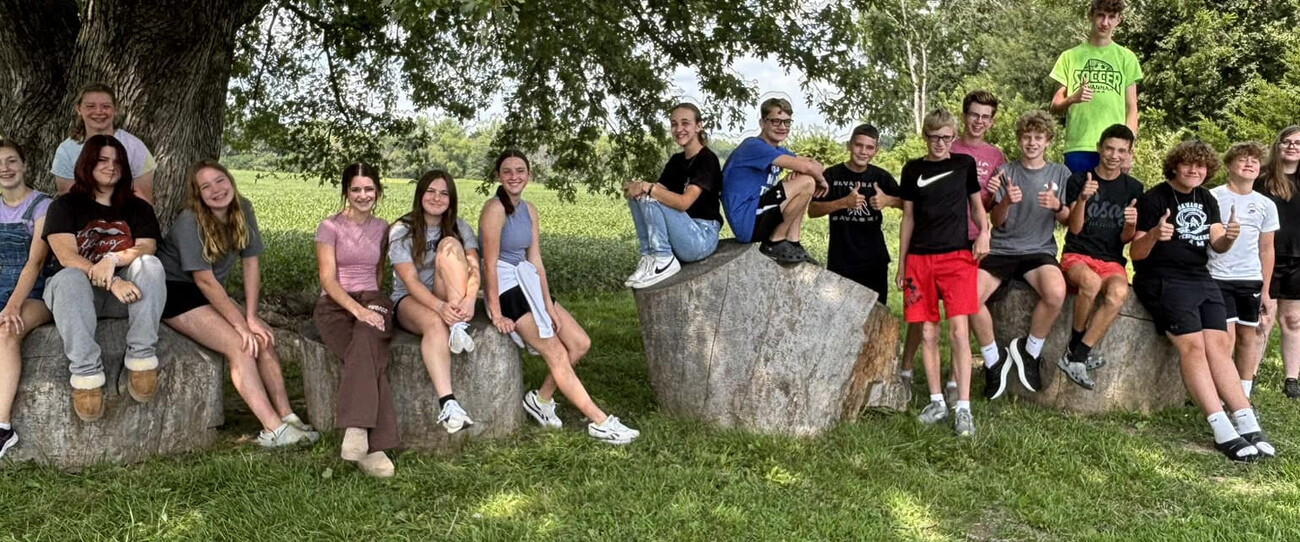


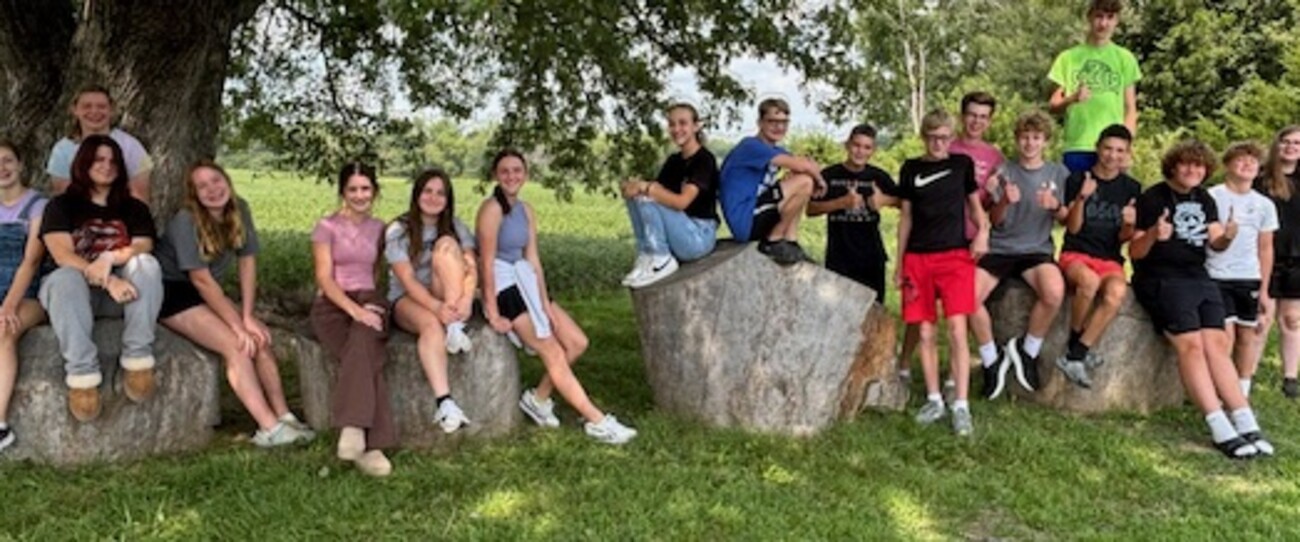


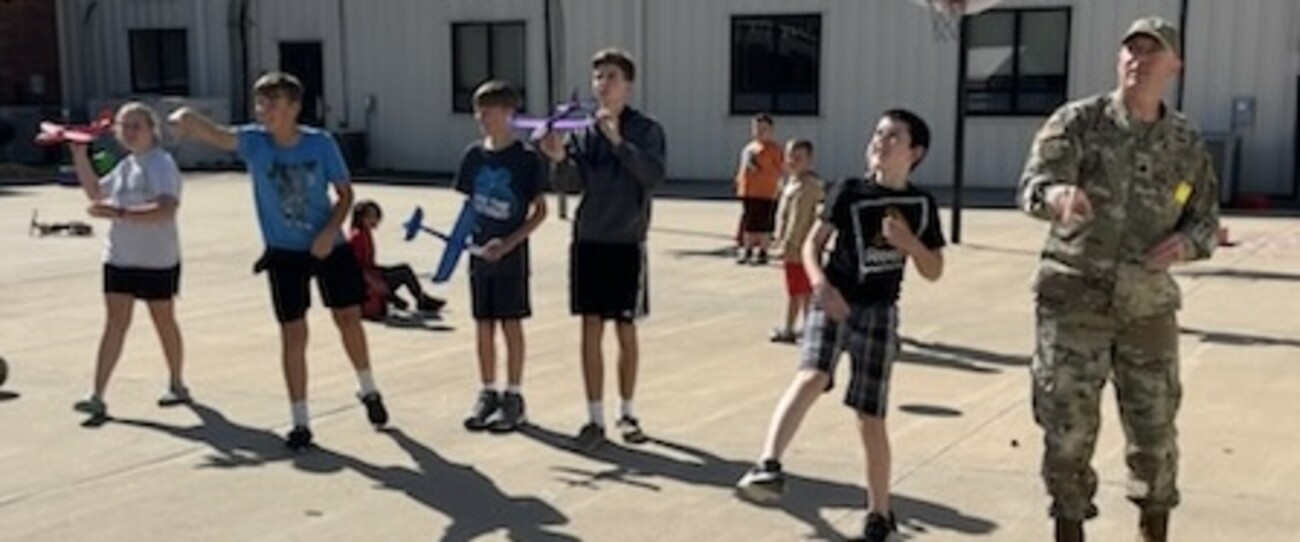

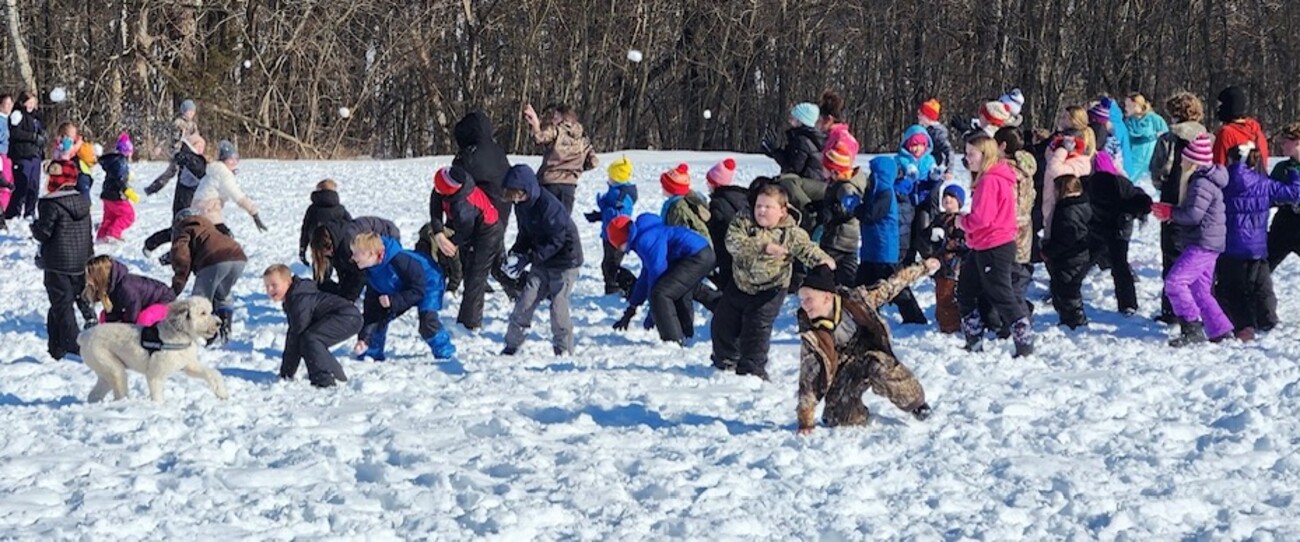
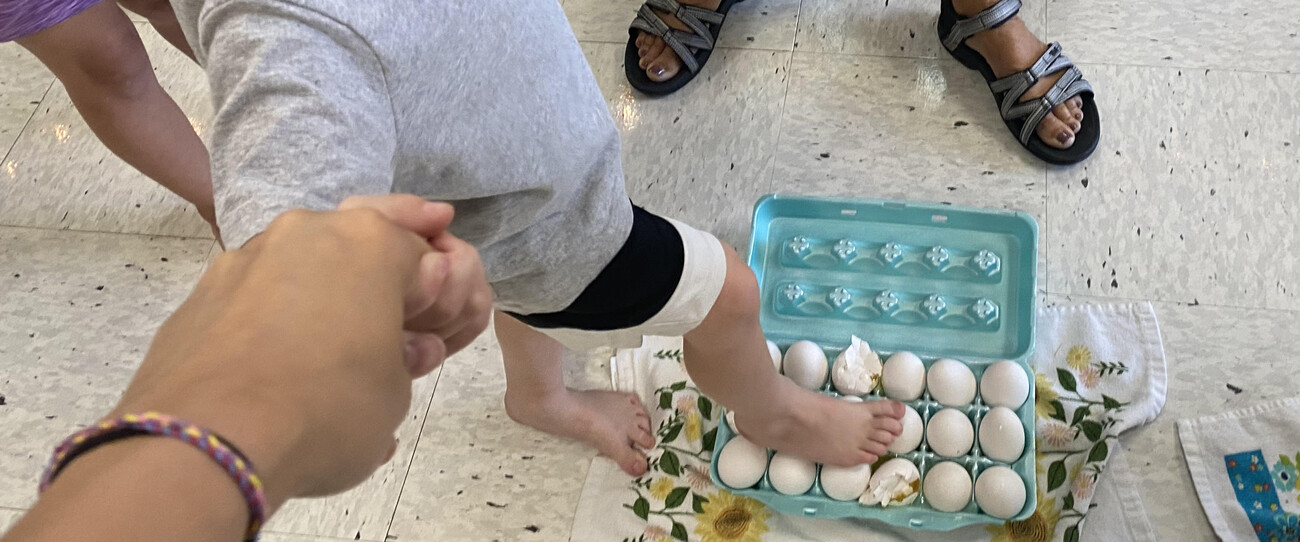

 Launch the media gallery 1 player
Launch the media gallery 1 player